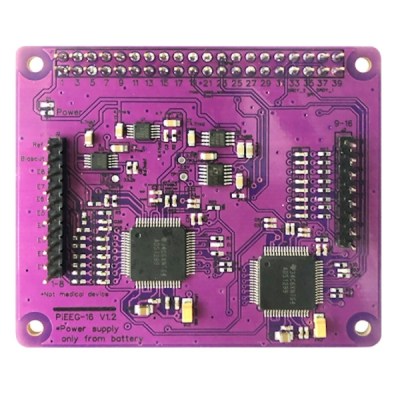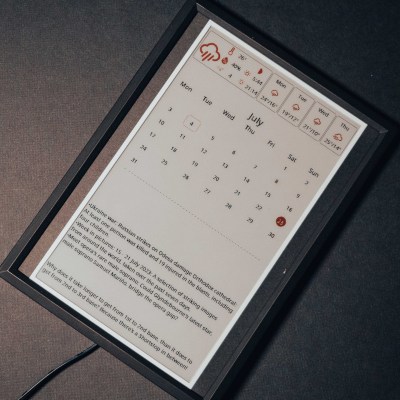Bluetooth is a backbone technology for innumerable off-the-shelf and hacker devices. You should know how to work with it – in particular, nowadays you will certainly be working at the Bluetooth GATT (Generic Attribute) layer. This two-part project by [V. Hunter Adams] of Cornell fame spares no detail in making sure you learn Bluetooth GATT for all your hacking needs – not only will you find everything you could want to know, you also get example GATT server and client application codebases to use in your projects, designed to work with the commonly available Pi Pico W!
What’s better than a visual demonstration? The video below shows the GATT server running on a Pico W – handling six different parameters at once. [Hunter] pokes at the server’s characteristics with a smartphone app – sending string data back and forth, switching an LED, and even changing parameters of audio or video color output by the Pico. Flash the server code into your Pico W, play with it, read through it, and follow the tutorial to learn what makes it tick.
Continue reading “This Bluetooth GATT Course Is A Must Watch”



















